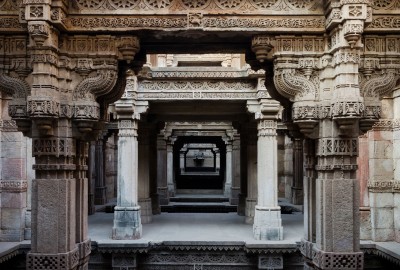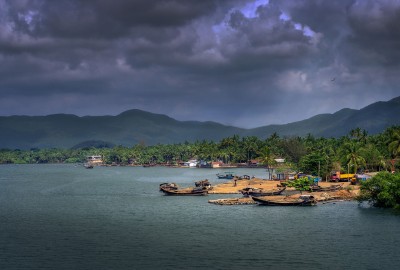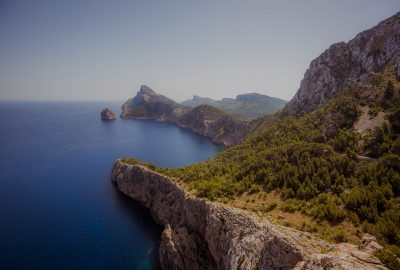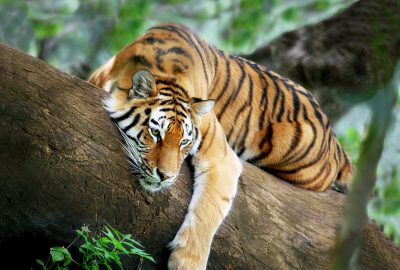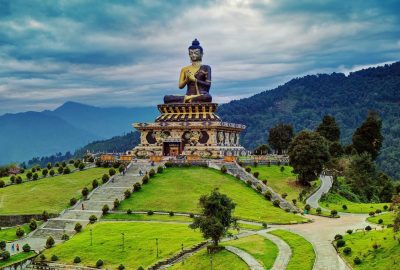14 DAYS & 13 NIGHTS
BENGALURU I SRIRANGAPATNAM I MYSORE I KABINI I HASAN I HAMPI I BADAMI I BIJAIPUR I GULBARGA I BIDAR I HYDERABAD
India has many world heritage sites and some important ones are in the Southern parts of India. This tour would give you an opportunity to see these world heritage sites at Hampi, Aihole and Pattadikal along with other major attractions of North Karnataka and Andhra Pradesh.
Detailed Itinerary
Meet & assistance on arrival by our travel executive
Transfer to your Hotel.Briefing of the tour by the executive
The Silicon Valley and IT Capital of India, Bangalore is a combination of sorts. Popularly known as the Garden City, Bangalore derives its name from 'Bendakaaluroo,' a name fondly given by King Ballala of the Hoysala dynasty. The name went through a number of transformations, before it landed in its present form. This hip cosmopolitan city has grown in leaps and bounds in the last couple of years. However, it has maintained its essence and roots, adapting well to the needs and norms of growth and culture. The pulse of the city can be felt along the upmarket streets of Mahatma Gandhi Road (M.G.Road), Brigade Road and Commercial Street.Overnight at hotel
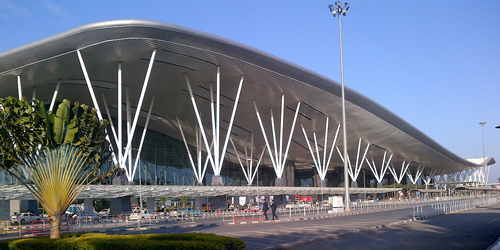
Depart for sightseeing tour of Bangalore visiting
Vidhana Soudha - The legislative House of the State of Karnataka, this granite building was built by Sri K. Hanumanthaiya, Chief Minister of the then Mysore state 1951 to 1956. The then Prime Minister Sri Pandit Jawaharalal Nehru laid the foundation on 13th July 1951. It was built at an expenditure of Rs 1.84 crores. Marvel of neo-Dravidian architecture and one of the most imposing buildings not only in Bangalore but in India. One of the interesting features of this building in grand stairs in its front. The grand stairs has a flight of forty-five steps 62 m (204 ft) wide 21 m (70 ft) deep giving a direct access to the foyer of first floor leading to an Assembly Chamber. The architecture of the building is based on Dravidian style, comprising richly carved bases and capitals for pillars, deep friezes, kapotha cornices, chaithya arches, heavy pediments domical finials, etc; At the same time, the construction has been on modern designs, making use of the present-day materials like steel, reinforced cement concrete glass, plastic, etc.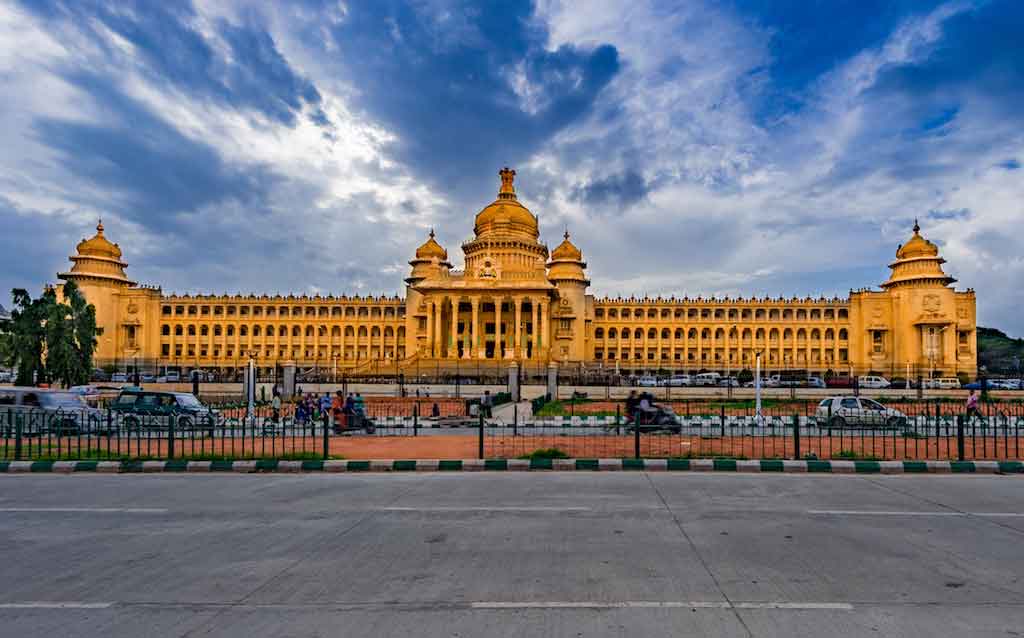
Bull Temple
Also visit Viswesevariah Memorial Museum.
Afternoon is free to relaxOvernight at hotel
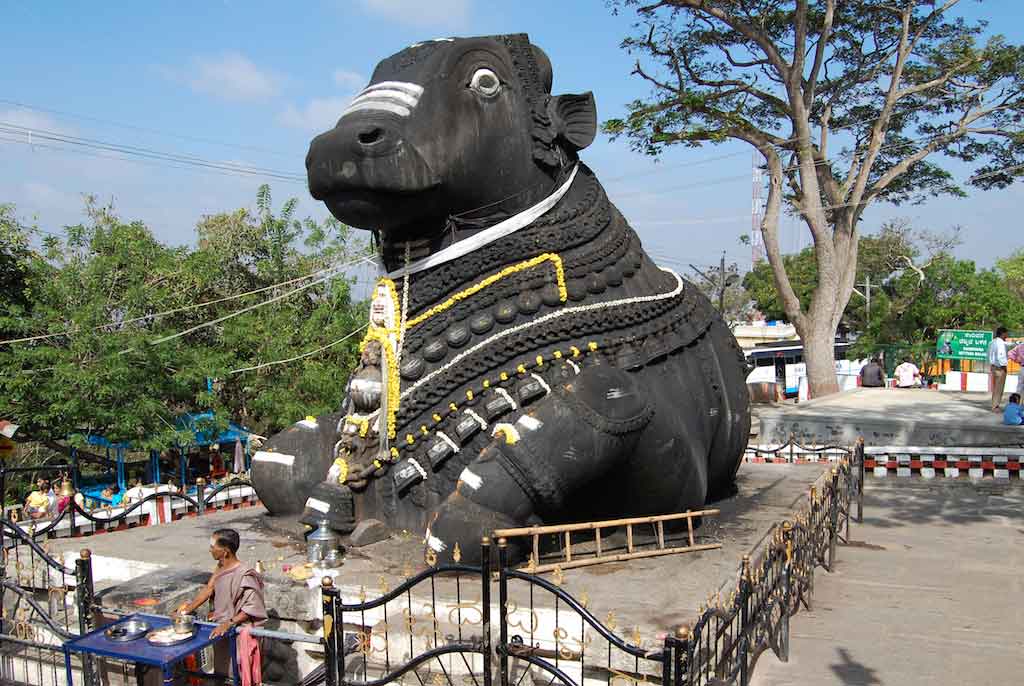
Depart for Mysore en route visiting Srirangapatna – situated on the Cauvery River, the island-fortress of srirangapatna is famous as the former capital of the great kings, Hyder Ali, and his son, Tipu Sultan, the 'Tiger of Mysore'. The ruins of the magnificent fortress that stands here is the main tourism attraction. The small size of this island greatly belies its immense historical significance as it was the site of several battles fought against the British. Known as srirangapatna under British rule, the island was initially named after the srirangapatna Temple, one of the many ancient structures found here.
Continue your drive to Mysore and check in at Hotel.Mysore is famous for the festivities that take place during the Dasara festival when the city receives a large number of tourists. Mysore also lends its name to the Mysore mallige, Mysore style of painting, the sweet dish Mysore Pak, Mysore Peta (traditional silk turban) and the garment called the Mysore silk saree.

Mysore Palace
The Palace of Mysore is a palace situated in the city of Mysore.. It is the official residence of Wodeyar's -the erstwhile royal family of Mysore, and also houses Two durbar halls (ceremonial meeting hall of the royal court). Mysore has a number of historic places, and is commonly described as the City of Palaces. However, the term "Mysore Palace" specifically refers to one of within the old fort. The palace was commissioned in 1897, and its construction was completed in 1912. It is now one of the most famous tourist attractions in Mysore. Also visit Mysore Art & crafts center & The Nandi Bull.
Overnight at hotel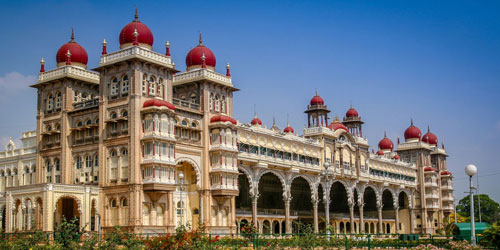
Depart for Kabini National park and check in at hotel
Kabini: A World of Wildlife Rajiv Gandhi National Park, Nagarhole (Kabini), the hunting retreat of the Mysore Maharajas, is definitely the perfect destination for wildlife lovers in South India. The excitement starts with a safari into the heart of the park, where you are sure to spot wild animals in their natural habitat. Some of the popular sightings are elephant, gaur, sambar, chital, wild boar and the more exclusive predators like tiger and leopard.Afternoon you will be taken into the park for game viewing
Overnight at hotel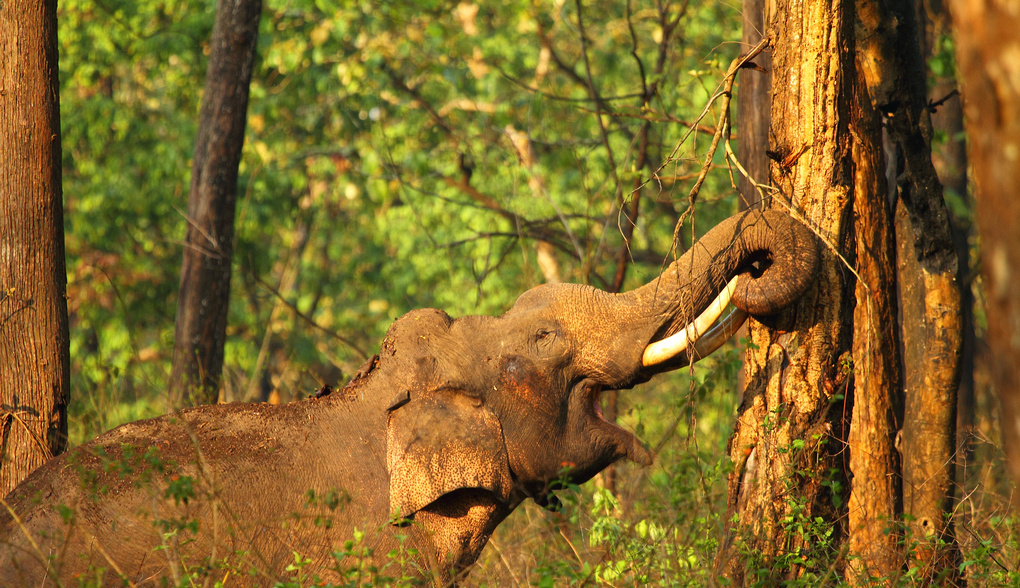
Depart for Hassan and check in at hotel
Hassan is a picturesque town in the heart of malnad with a pleasant climate. It is about 180 KM from Bangalore, the capital city of Karnataka. The Hoysalas brought world wide acclaim to the district through their unique style of Temple Architecture. It is surrounded by 6 districts namely Chikmagalur, Mangalore, Madikeri, Mysore, Mandya & Tumkur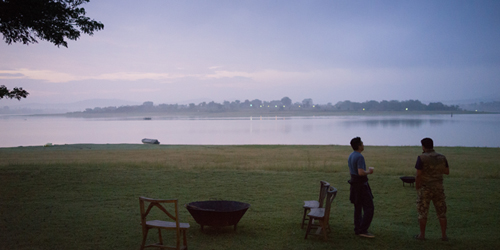
Belur
The Twin temple towns of Belur and Halebid for a glimpse of Hindu temple art at its glorious best. In the 16th century, Belur-Halebid (both towns are spoken of in the same breath) were at the heart of the throbbing Hoysala empire. The Hoysalas were huge patrons of art and architecture and built massive temples that have survived the ravages of time. Some of the sculptures are so exotic, erotic and eloquent - that you expect them to speak or move.
The most outstanding temple in Belur is the Chenakeshava, a monumental edifice that took 103 years to build, possibly because of the intricate details and the myriads of friezes and sculptures that embellish the temple walls. Scenes from the epics, elephants in battle and sensuous dancers come alive in stone. The 42 'madanikas' or celestial dancers were inspired by Queen Shantaladevi, who is said to have epitomized beauty. The Hoysala architects had an eye for detail and such wizardry with their chisels that the earrings on the lobes of the dancers can rotate and beads of perspiration glisten in the hair of some. Two other minor temples from the Hoysala dynasty are the Virnarayanand the Chennigaraya temples - smaller, but as intricately sculpted as the Chenakeshava.About 16 km away from Belur is Halebid, the other temple town, equally magnificent but not as well preserved. Halebid was the capital of the Hoysalas till it was destroyed in the early 14th century after attacks by the Delhi Sultanate. The Hoysaleshwara temple survived the pillage but it somehow managed to remain incomplete even after 87 years of uninterrupted construction. The temple is dedicated to Shiva and has two enormous Nandi bulls at the entrance.
The temples of Belur and Halebid were made of steatite, a material that is easy to work on, soft initially but hardening after prolonged exposure. The Hoysalas promoted temple art to such a degree that the artists actually left their signatures on their work. The sculptures are unparalleled in their beauty; in fact, as a challenge to their art, the sculptors left a small blank space on the revolving Narasimha pillar, to be filled in by anyone who has the talent. The space remains blank till today.Overnight at hotel
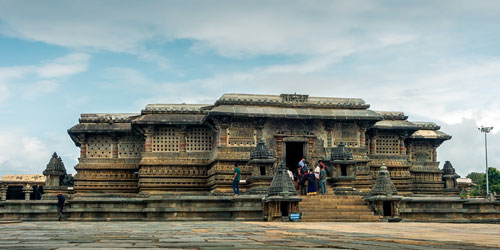
Depart for Hospet – the base for visiting Hampi ruins and check in at hotel
Overnight at hotel
Today you will be taken to visit Hampi
Hampi, as it is popularly known today was the medieval capital of the Hindu empire Vijayanagara (the City of Victory). Hampi in the Karnataka state of India is listed as one of the UNESCO World Heritage Sites. Hampi is charismatic even in its ruined state. It attracts thousands of tourists and pilgrims every year. Vast stretches of boulder-strewn hills make the backdrop of Hampi unique. Dotted around the hills and valleys are 500 plus monuments. Among them are beautiful temples, basement of palaces, remains of aquatic structures, ancient market streets, royal pavilions, bastions, royal platforms, treasury buildings.., the list is practically endless. Hampi is a backpackers’ paradise, the same way the pilgrims delight.In Hampi at every turn there is a surprise. Every monument hides more than what they reveal. As an open museum, Hampi has numerous popular (100 plus!) locations visitors throng.
Overnight at hotel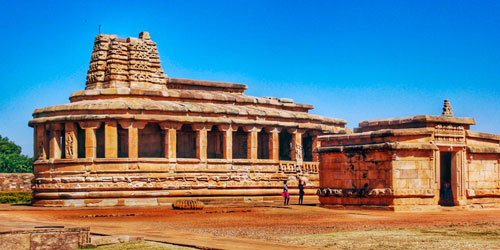
Depart for Badami en route visiting Aihole & Pattadakal
Aihole Famous as the "Cradle of Indian Architecture", Aihole has over a hundred temples scattered around the village. The oldest temple here is, perhaps, the Lad Khan temple dating back to the 5th Century. The Durga (Fort) Temple is notable for its semi-circular apse, elevated plinth and the gallery that encircles the sanctum. The Hutchimalli Temple out in the village - has a sculpture of Vishnu sitting atop a large cobra.The Revalphadi Cave - dedicated to Shiva - is remarkable for its delicate details. Not to be missed is the Konthi Temple Complex (Kwanthi Gudi), the Uma Maheswari Temple with a beautifully carved Brahma seated on a lotus, the austere Jain Meguti Temple and the two storeyed Buddhist Temple.
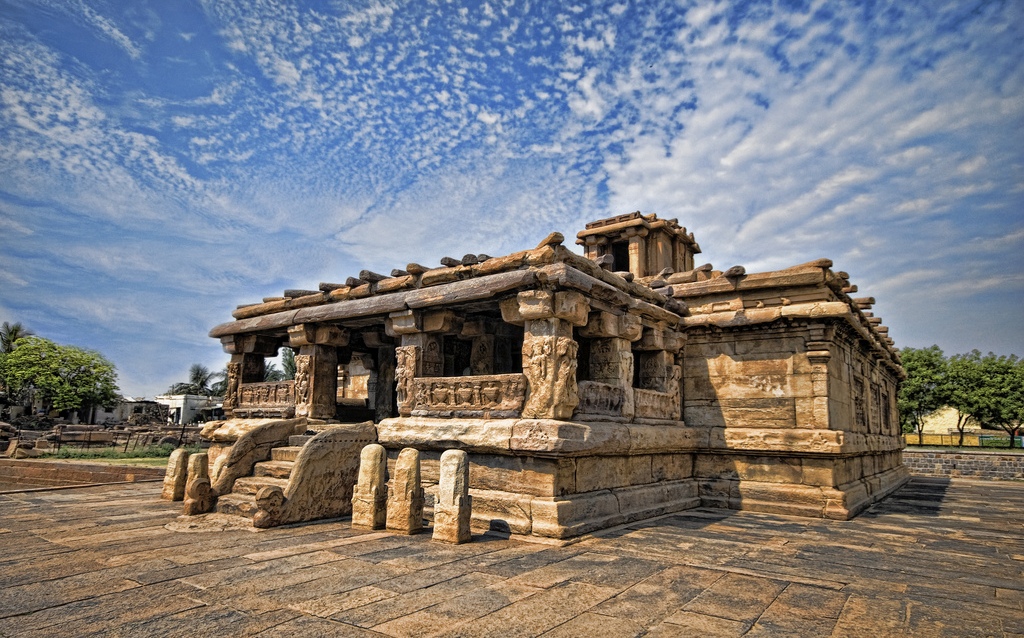
Pattadakal
Pattadakal saw the Badami Chalukya art in its full bloom. It is 22 km away from Badami. Here the best temples of the style, the Virupaksha and the Mallikarjuna are seen. These were built by the queens of Vikramaditya II (734-44) in memory of his victorious march against Kanchi, the Pallava capital, and the temples were named by them after themselves as the Lokeshwara (by Lokadevi) and Trailokeshwara (by Trailokadevi), which came to be known as the Virupaksha and the Mallikarjuna respectively. The two magnificent temples with their nicely engraved lively figures on walls and the massive square pillars are in sand stone. Pattadakal itself was known as Kisuvolal (`Red Town') as the sand stone here is reddish in colour. The Sangameshwara, Chandrashekhara, Jambuling and Kadasideeshwara are the other major temples here, and Pattadakal has also a Jaina basadi of Rashtrakuta times with two beautiful elephants in this front. The Galaganath here which is dilapidated, has caurvilinear (rekhanagara) shikhara.
Continue your drive to Badami and check in at hotelOvernight at hotel
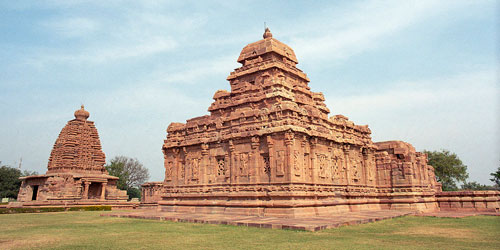
Depart for Bijapur and check in at hotel
Proceed for sightseeing tour of Bijapur visitingGolGumbaz This, one of the most impressive architectural achievements of the Deccan, is the mausoleum of Muhammad Adil Shah. The tomb is set in a large walled garden, in the Persian style. This path bisects the garden. On either side are ruins of buildings made of dark bricks. On the exterior of the tomb are triple set of arched recesses like this one. Medallions in the arch spandrels rise on a sinuous bracket. Both medallion and bracket are filled with scrollwork. The rectangular recess above the arch probably held a granite calligraphy slab. Above this the wide eave has lotus brackets.

Ibrahim Rauza, Mosque
Overnight at hotel
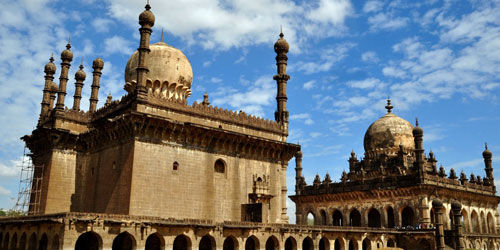
Depart for Gulbarga and check in at hotel
Afternoon sightseeing tour of Gulbarga visiting Gulbarga Fort - the main tourist attractions in the town of Gulbarga are the monuments belonging to the erstwhile Bahamani rulers. Gulbarga fort is an important tourist spot. This fort has 15 towers. Though the fort is in ruins, it still reflects some of its past glory. The fort includes the Jama Masjid, said to have been built by a Moorish architect from Spain in the late 14th century on the lines of the great Cordoba Mosque in southern Spain. Other places of interest within the town are the imposing tombs of the Bahamani rulers, the Haft Gumbaz, the tomb of Khwaja Bande Nawaz (an important local Muslim saint) and the Sharana Basaveshwara Temple.Overnight at hotel
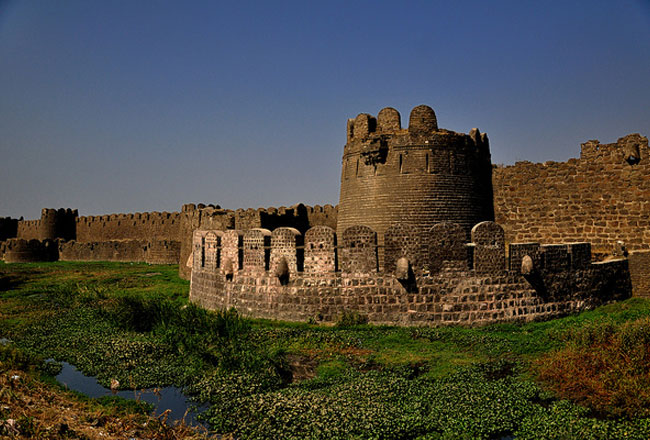
Drive to Bidar and check in at hotel
Afternoon you will be taken to visit Bidar visiting Bidar Fort which welcomes the tourist to the town, located within its precincts. Ahmad Wali Shah built this fort and the well laid out gardens and other monuments within it, in 1429. This fort has five imposing entrances or Darwazas. In the center of this fort is the old city with its monuments and structures, belonging to the Bahamani era. There are important palaces within the ramparts of the fort. The Rangin Mahal, once the royal abode, has ornately carved wooden pillars and Persian artwork. The Solah Kambh Masjid (16-pillared mosque) is the oldest Muslim building in Bidar, and one of the largest in India. The Gagan Mahal, the Diwan-e-Am, the Royal Pavilion, the Takhat Mahal are other important places to be seen within the fort. Of great importance for the visitor is the Mahmud Gawan Madarsa, which is in ruins but still has a few colorful remains of Islamic mosaic work on its walls. Surviving blue-glazed tiles and Q'uranic verses carved on the walls in flowing calligraphic style point to the erstwhile splendor of this building. The surrounding areas both west and east of the town are dotted with domed tombs of Bahamani and Barid Shahi rulers. These structures, though isolated, are captivating.Overnight at hotel
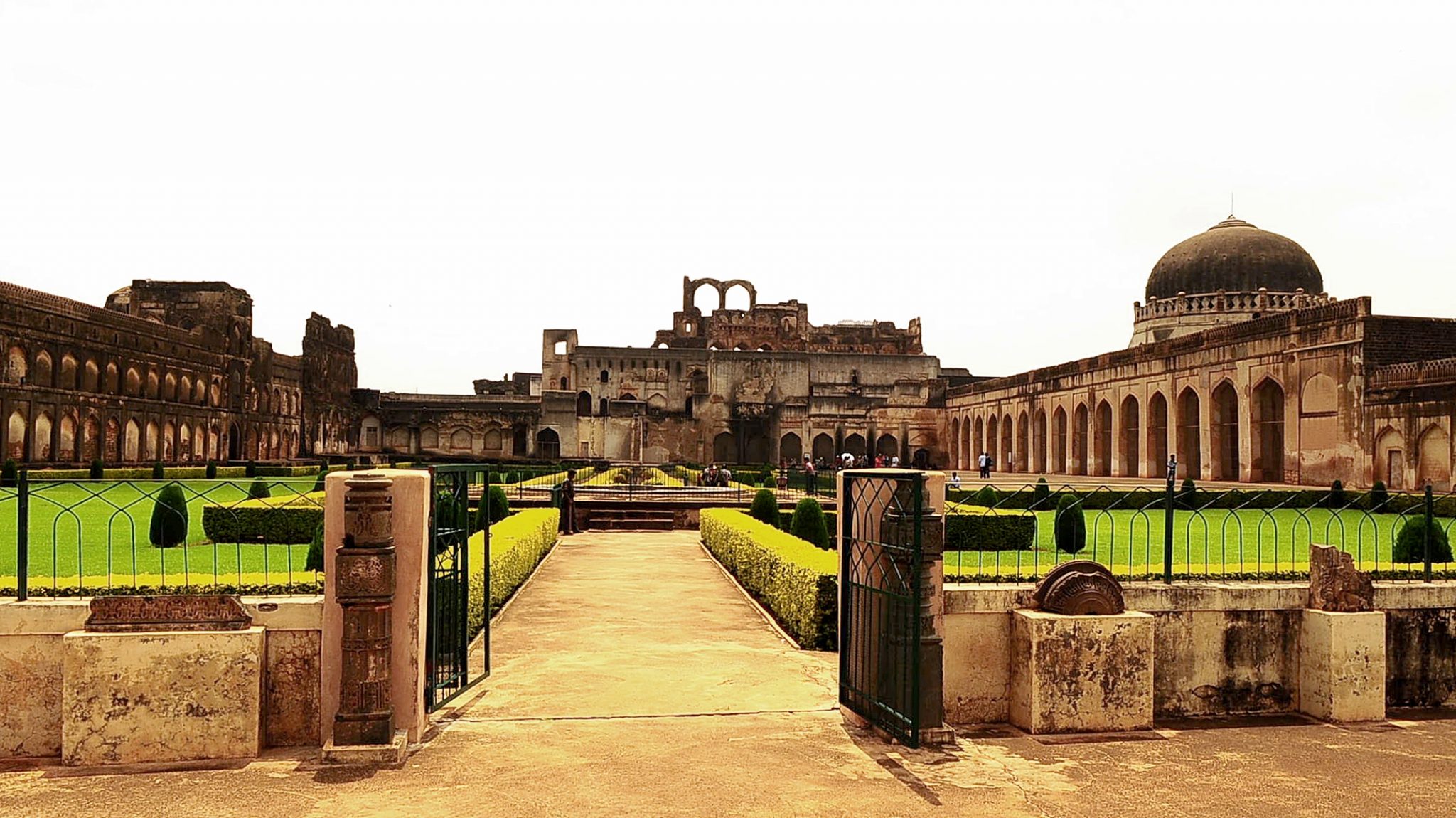
Depart for Hyderabad and check in at hotel
Hyderabad is the capital and the most populous city of the Indian state of Andhra Pradesh. Hyderabad has a population of over 4 million. It is known as the City of Pearls and the City of Nizams and the place which is very much known for its custom and traditionRest of the day is free to relax
Overnight at hotel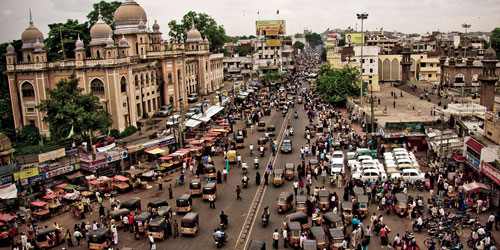
Depart for half day sightseeing tour of Hyderabad
Charminar - Built by Sultan Mohammad Quli Qutb Shah, the Charminar is a magnificent square edifice of granite, built upon four grand arches facing north, south, east and west with 56 meters high slender minarets and spiral staircases. These arches support two floors of rooms and a gallery of archways. It is these four (char) minarets (minar) that give the building, its name 'Charminar'. Each minar stand on a lotus-leaf base that is a recurrent motif in Qutub Shahi buildings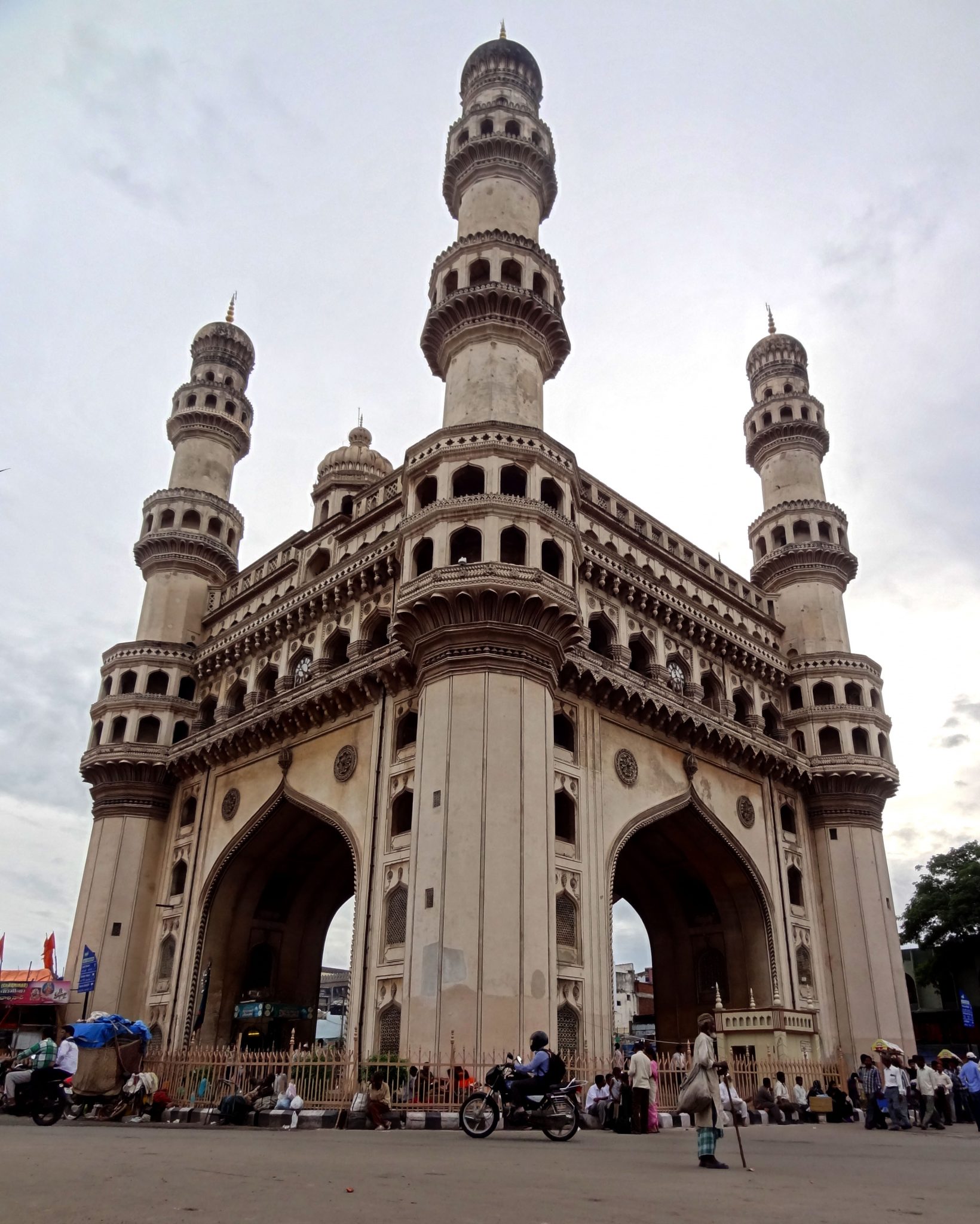
Salar Jung Museum
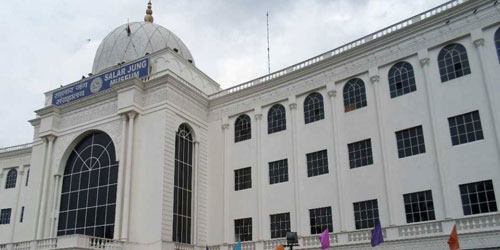
Golconda Fort
Overnight at hotel
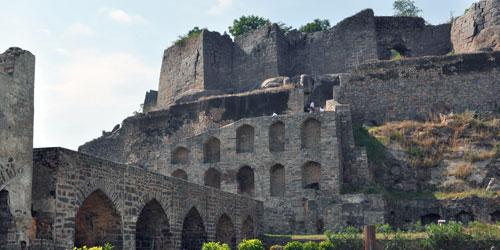
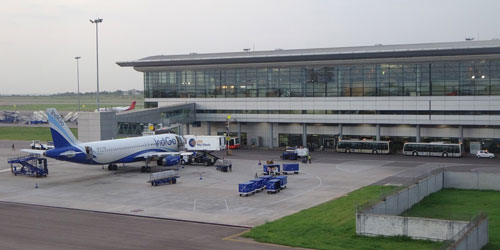
COST & INCLUSIONS
| Luxury | Comfort | |
|---|---|---|
| Summer | US$2225 | US$1967 |
| Winter | US$2556 | US$2255 |
| Bangalore | ITC Windsor | St, Marks |
| Mysore | Windflower | Windflower |
| Kabini | Kabini River Lodge | Kabini River Lodge |
| Hassan | Hampi Boulder | Royal Orchid |
| Badami | Badami Palace | Badami Palace |
| Bijapur | Basava Residency | Basava Residency |
| Gulbarga | Hotel Aditya | Hotel Aditya |
| Bidar | Sapna Continental | Shiva International |
| Hyderabad | ITC Kakatiya | Fortune Park Vallabha |
 Tour Includes
Tour Includes
Share twin accommodation with breakfast
Transfers & sightseeing by Air Conditioned vehicle
Services of accompanied English speaking guide
Jeep Safari in Kabini National Park on sharing basis
Lunch & Dinner during stay at Kabini
Present Applicable taxes as on 15th Jan, 2020
 Tour Excludes
Tour Excludes
Entrance tickets to Monuments/National Park
International Airfare
Domestic Airfare
Visa fee & Insurance
Items of personal nature i.e. laundry, telephone, camera fee, drinks & tips etc

